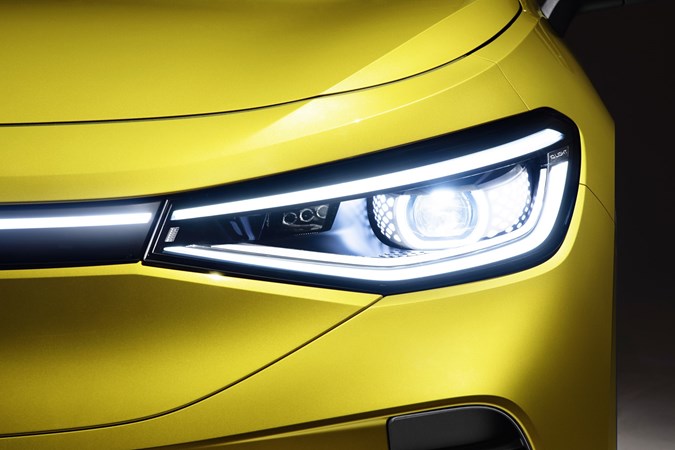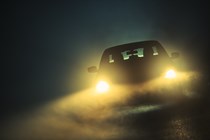The UK Government’s Department for Transport (DfT) has announced an investigation into drivers being dazzled by headlight glare from oncoming vehicles. A petition calling for the government to ‘review the brightness of car headlights for safety’ has garnered over 11,000 signatures, prompting the investigation.
A statement from the DfT in response to the petition said: ‘We know that lots of people raise concerns about headlight glare – but also that the police collision statistics don’t show any underlying road safety issue.
‘Recognising the need for further evidence, we intend to commission independent research shortly to identify the root causes of driver glare and identify any further appropriate mitigations.’

Survey shows extent of the problem
Calls for the government to take action on headlight glare have been growing for some time. The RAC urged the government to study the issue in January 2024, after it found that 89% of drivers think at least some car headlights are too bright, and 85% think the problem is getting worse.
Of the 2,000 drivers surveyed, 28% thought most car headlights are too bright – more than ever – while 74% said they are regularly dazzled while driving at night. More troublingly, 64% of respondents thought that headlights ‘are so bright they risk causing accidents.’
So, what’s causing the issue? The RAC suggests that the growing popularity of LED headlights could be to blame. LEDs produce an intense, focussed beam of white-blue light that the human eye can struggle to deal with, and it can take some time for the dazzle to clear after the vehicle has passed. By contrast, the yellowy light produced by old-style halogen bulbs is easier to cope with, as is the less intense white-blue light emitted by xenon bulbs.
The RAC also found that a significant number of drivers thought the growing popularity of SUVs is contributing to the problem. Such cars sit higher off the road, potentially putting their headlights at eye-level with drivers of lower cars. 44% of drivers pointed the finger at misaligned headlights.

Headlight misalignment a big issue
Action has already been taken to address the issue of headlight aim. New rules will come into force in September 2027 requiring all new cars to be fitted with an automatic headlight levelling system. That will ensure the headlights are pointing in the right direction regardless of the weight of people and luggage in the vehicle. ‘Once implemented,’ the DfT said, ‘these tougher requirements will help alleviate the number of cases where road users are dazzled.’
RAC road safety spokesperson Rod Dennis commented on the government’s investigation: ‘The fact the government has listened to drivers’ concerns and heeded our calls to examine the complex issue of headlight glare in more detail marks a real turning point. The topic has undoubtedly struck a chord with motorists up and down the country.
‘Brighter headlights, while giving drivers a better view of the road ahead, are clearly causing other road users significant problems. There are also known shortcomings concerning the official road casualty data not accurately capturing the true number of incidents associated with headlight glare.
‘An independent study provides a golden opportunity for the Government and industry to get to the bottom of the problem, identify the factors involved and map out a way forward.’

What this means for you
If you’re among the many drivers who believe that modern car headlights are too bright, the DfT’s investigation into the issue is welcome news. However, the results are likely to be a long time in coming and any recommendations would only apply to new cars – if they’re enforced at all.
But the announcement is also a bit of wake up call for drivers of cars with LED headlights to make sure they’re properly aligned to avoid dazzling oncoming traffic.
For all the latest advice, news and finance deals, sign up to the Parkers newsletter here.











